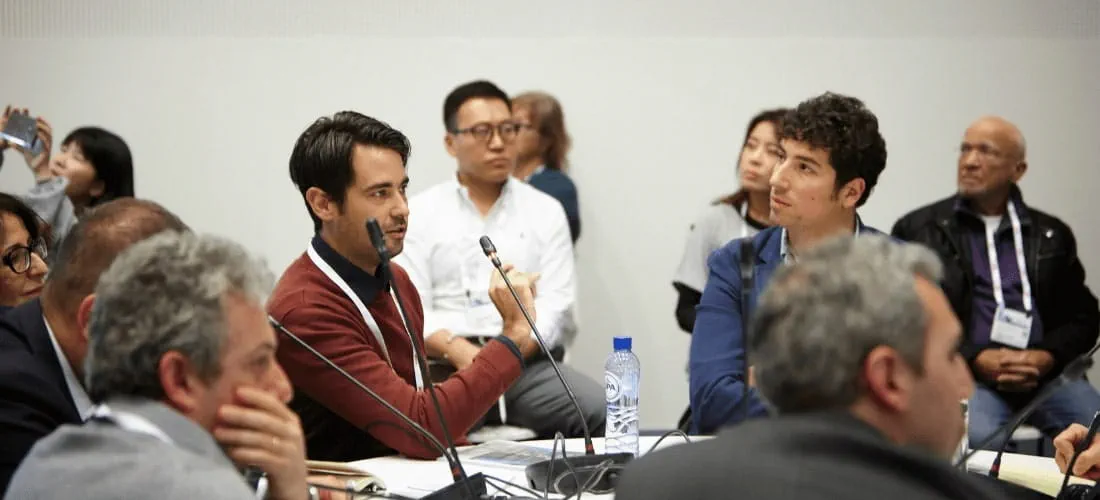This year's METSTRADE Show hosted the second edition of a round table dedicated to the use of materials for nautical construction. The Round Table had a particular focus on the use of 3D printing and rapid prototyping for nautical construction.
The latest news in boat construction
The first day on stage focused on the latest news in boat construction. An interesting range of topics were discussed, including an innovative sensor that can be incorporated into composite structures to measure deformation in situ and the load conditions inside a component. New engineering solutions designed to solve the issues of equilibrium and overall rigidity that affect superfast RIBs which speed along at up to 60 knots were also examined. And a material that can reduce fuel consumption by four per cent without increasing costs was presented – a real breakthrough for the nautical industry.
What is happening in the shipbuilding industry?»Clarifying 3D printing
The theme of the second day was to shed light on the state of the art of 3D printing in the nautical sector. There is a great deal of confusion about how and for what purpose 3D printing and rapid prototyping can and should be used. The contrast between 3D printing and traditional production, in which objects are given shape by the removal of excess material, is evident. The recent advent of 3D printers is making technology much more accessible: even small businesses and individuals can often afford these machines nowadays. This is an ongoing trend and it is expected that 3D printers will be widely used at all levels in a very near future.
Discover the new possibilities»
Looking forward
Future scenarios for additive manufacturing applications include the possibility to integrate larger elements and different materials, as well as different thicknesses and densities so as to provide solutions for the mechanical complexity of progressively more sophisticated boat components. The potentiality of this manufacturing technique means that, in the near future, we can hope that 3D printing will become a feasible way to produce yachts, especially in small series or one-off productions.
The round table was closed with a topical theme – the recycling of GFRP, fiberglass and composites in general, which is still non-existent in Europe. The Italian region of Tuscany hosts some of the world's largest and most important boatyards, and is therefore greatly concerned with the issue of recycling end-of-life boats. This is why the Revyta Project, a major research initiative, has just been launched there with the aim of proposing a sustainable industrial model for the recycling of composites in the nautical sphere.
The next edition of the Round Table on Boat Construction and Materials will take place during the 2019 METSTRADE Show, which runs from 19 to 21 November in RAI Amsterdam.

